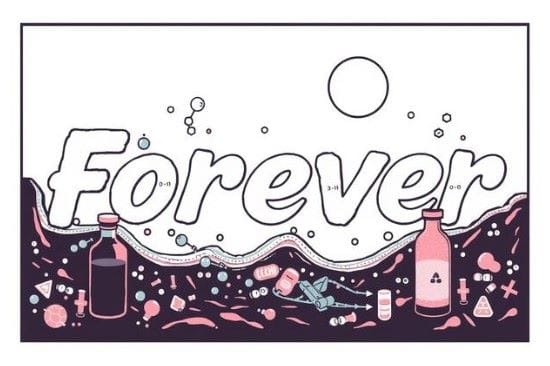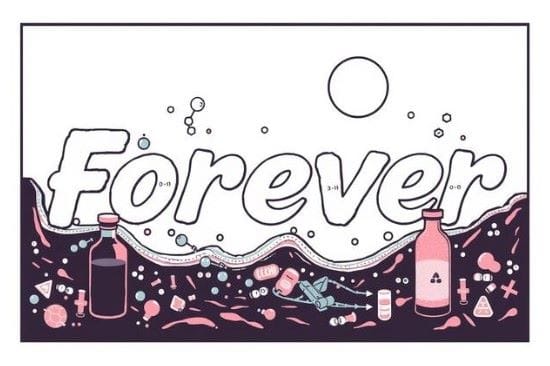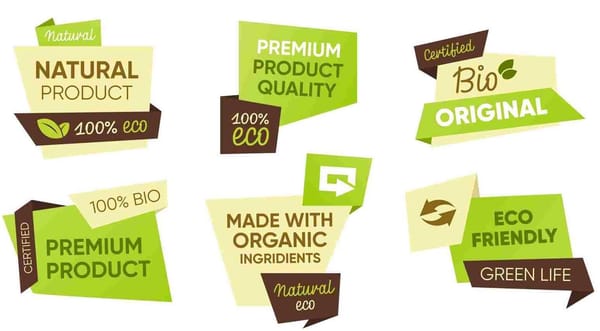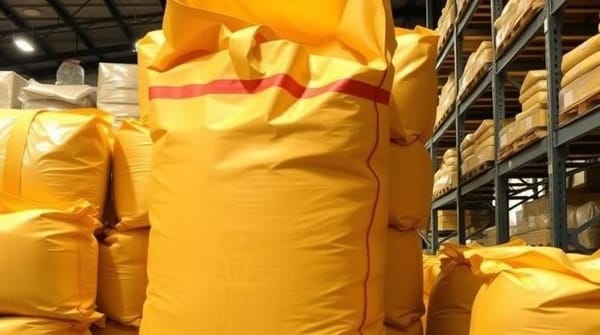
Is this the End of PFAS Production and Trade? – Maybe Not
Why industrial chemical traders should expect a reshaped, not a vanishing “forever chemicals” market.


Why industrial chemical traders should expect a reshaped, not a vanishing “forever chemicals” market.

As the cost–benefit equation shifts, can there still be value in producing and trading “forever chemicals”?

Will new safety limits on cobalt processing further undermine Europe’s chemical industry?

What impact will the new EU-Australian deal have on the chemical industry?

How rare earths can now be extracted with viruses.

From regulation to revenue: the business case for sustainable trading.

Practical ways for chemical traders to turn eco-friendly into a deal maker.

Discover how digital chemical platforms are transforming the sourcing of industrial chemicals and feedstocks.

How adaptability, not scale, is determining success in sodium tripolyphosphate trading.

From backwater importer to petrochemical behemoth: how China’s chemical industry now rules global chemical trade.

A look into the decline of Europe’s chemical industry advantage.

Princeton-led study reveals how the chemical industry is underinvesting in its approach to achieving decarbonisation.